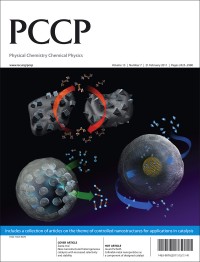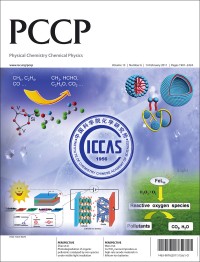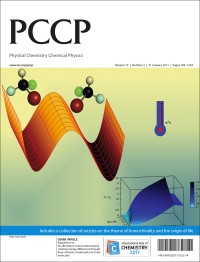PCCP is delighted to present an exciting themed issue on Controlled nanostructures for applications in catalysis – take a look today!
 The issue was Guest Edited by PCCP Advisory Board member, Professor Ferdi Schüth, and hosts a great collection of articles, including Perspectives, Communications and full research papers.
The issue was Guest Edited by PCCP Advisory Board member, Professor Ferdi Schüth, and hosts a great collection of articles, including Perspectives, Communications and full research papers.
Here are just a few to highlight:
Editorial
Controlled nanostructures for applications in catalysis
Ferdi Schüth
Phys. Chem. Chem. Phys., 2011, 13, 2447-2448
‘HOT’ paper
CO bond cleavage on supported nano-gold during low temperature oxidation
Albert F. Carley, David J. Morgan, Nianxue Song, M. Wyn Roberts, Stuart H. Taylor, Jonathan K. Bartley, David J. Willock, Kara L. Howard and Graham J. Hutchings
Phys. Chem. Chem. Phys., 2011, 13, 2528-2538
Perspective feature article
Colloidal metal nanoparticles as a component of designed catalyst
Chun-Jiang Jia and Ferdi Schüth
Phys. Chem. Chem. Phys., 2011, 13, 2457-2487
The controlled fabrication of nanostructures has seen tremendous development over the last ten years. This progress was made possible by a combination of findings from different fields, such as the synthesis of ordered mesoporous materials, controlled preparation of size controlled nanoparticles, patterned functionalization of surfaces, integration of nanoparticles and dendrimers, among others. Such controlled nanostructures have been used in a variety of fields, but one of the most interesting applications is catalysis.












 ‘HOT’ article
‘HOT’ article
